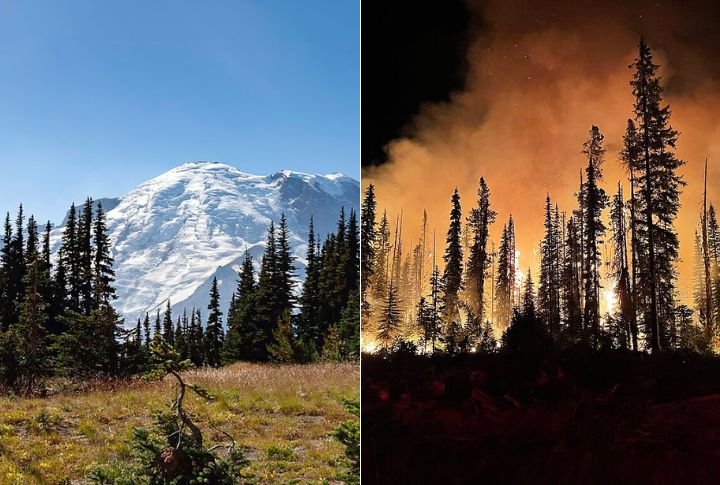
Wildfire smoke doesn’t just hang in the air; it invades homes and disrupts lives to leave unmistakable marks on communities. Some places in America face this burden more often than others. Where you live could be one of these hotspots. So, prepare to discover the areas where wildfire smoke stings the hardest.
California’s Central Valley
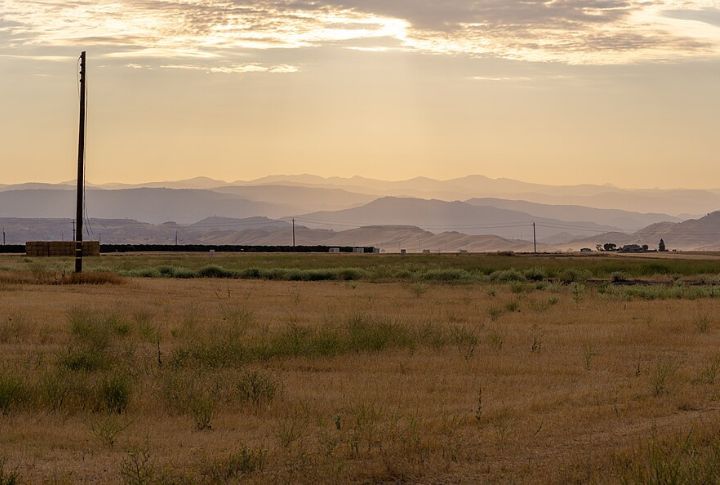
Smoke season is a familiar foe for those living here. Trapped between mountains, the Central Valley becomes a smoke bowl during massive wildfires. Poor air circulation means thick, hazardous smoke lingers for days and makes daily life a challenge.
Seattle, Washington
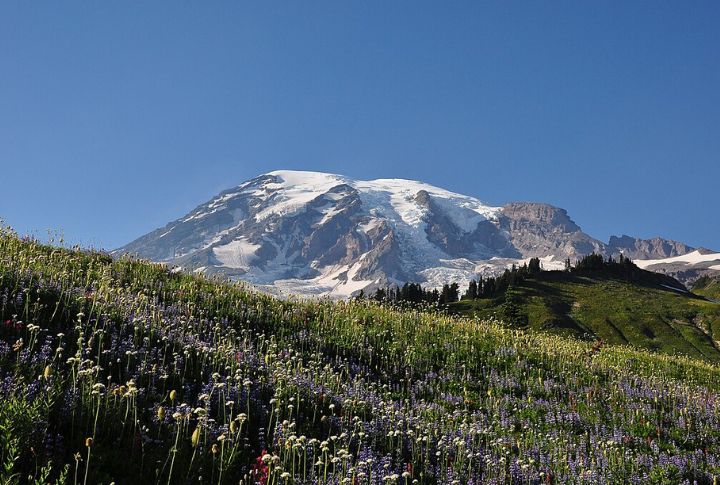
Despite its rainy reputation, the Emerald City isn’t spared when wildfire season strikes. Smoke from massive fires in eastern Washington and Canada drifts west to blanket the city in a dense haze. Residents trade iconic views of Mount Rainier for choking air and orange-tinted sunsets.
Reno, Nevada
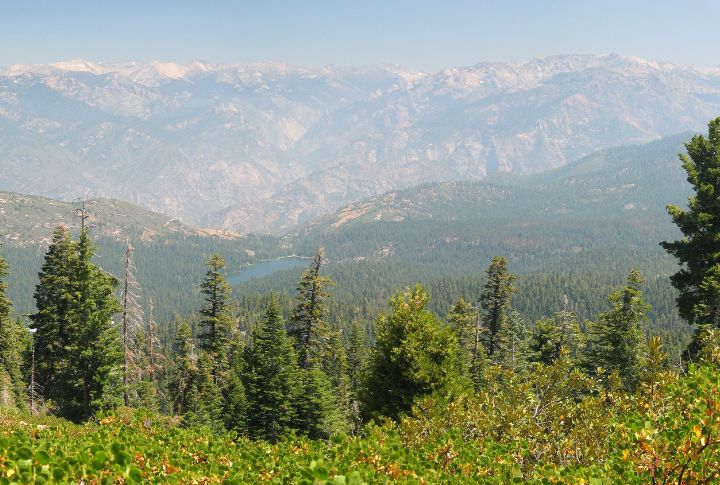
The Sierra Nevada may provide stunning views, but it also funnels wildfire smoke directly into Reno. Fires from neighboring California create weeks of unbreathable air. Locals are used to watching the sky turn from clear blue to muddy gray during fire season, which impacts both health and tourism.
Missoula, Montana
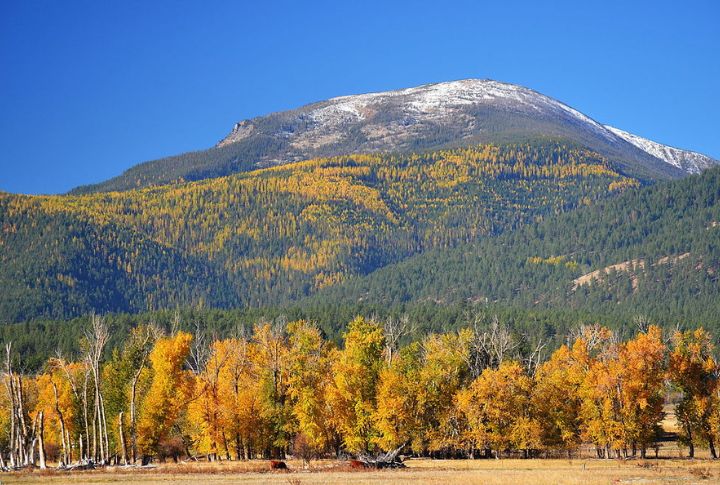
Hiking and fishing might define Missoula summers, but so does smoke. Wildfires in Montana’s vast forests send thick plumes that settle over the city. Residents endure days of smoky air that limits outdoor activities and creates respiratory concerns, especially for kids and seniors.
Boise, Idaho
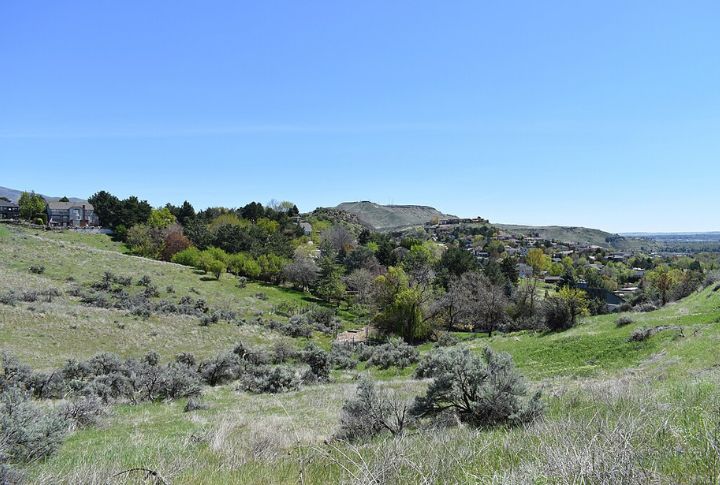
Boise’s usually clear skies quickly turn brown when smoke from wildfires in Oregon, Washington, and northern Idaho drifts into the valley. The locals are left inside, hoping for a change in the wind to sweep the haze away.
Sacramento, California
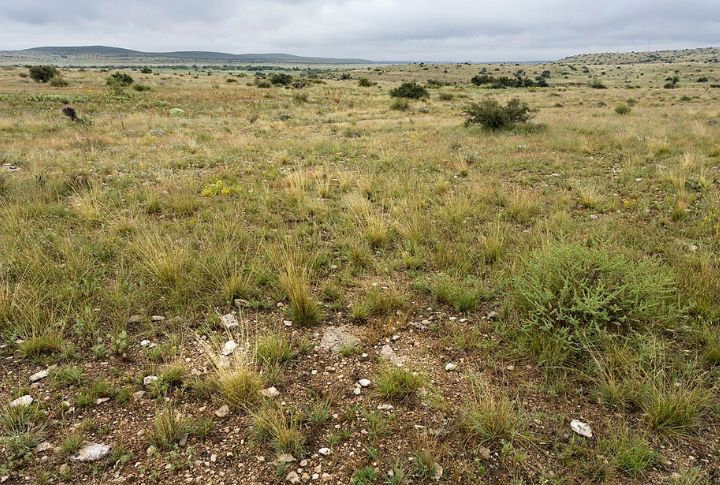
Life in California’s capital often comes at a smoky cost. The valley geography traps wildfire smoke for days, giving residents air so thick with particles you can almost taste it. During the scorching summers, smoky skies make already sweltering days feel downright muggy.
Salt Lake City, Utah
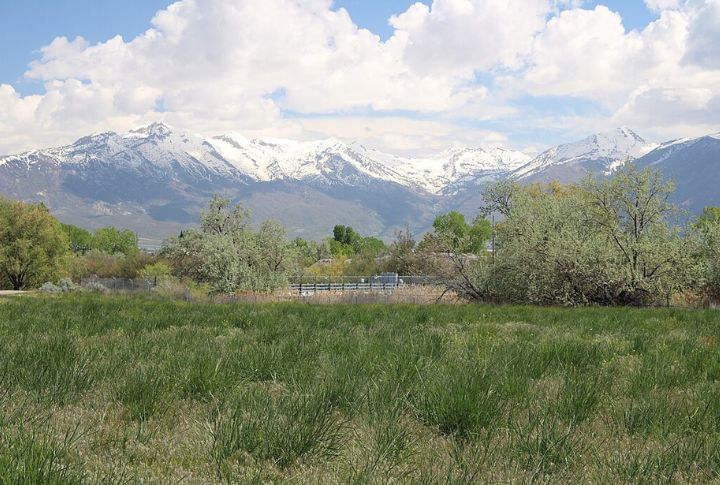
Trapped in Salt Lake City’s valley, plumes of smoke from California and nearby states turn summer into a haze-filled challenge. The air is so polluted it blurs mountain views and puts a strain on public health. This is on top of the city’s already troublesome winter inversions.
Denver, Colorado
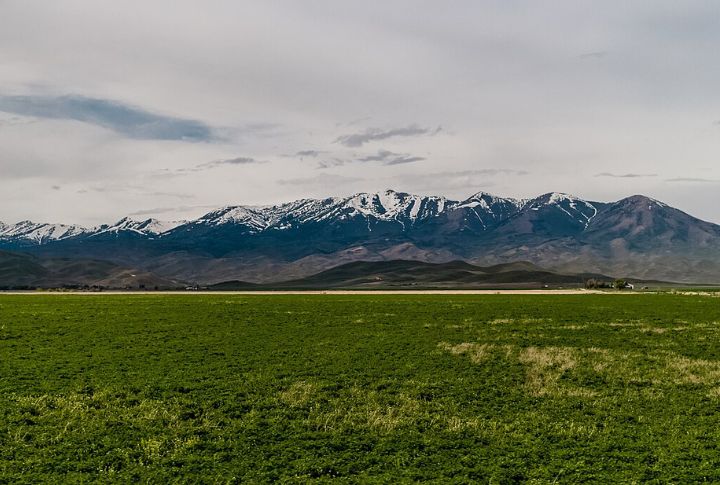
During wildfire season, Denver’s skies don’t remain clear for long as smoke drifts in from nearby mountain fires and neighboring states. The Mile High City becomes a smoky basin, and residents are stuck indoors, avoiding the polluted air that lingers in the summer heat.
Phoenix, Arizona
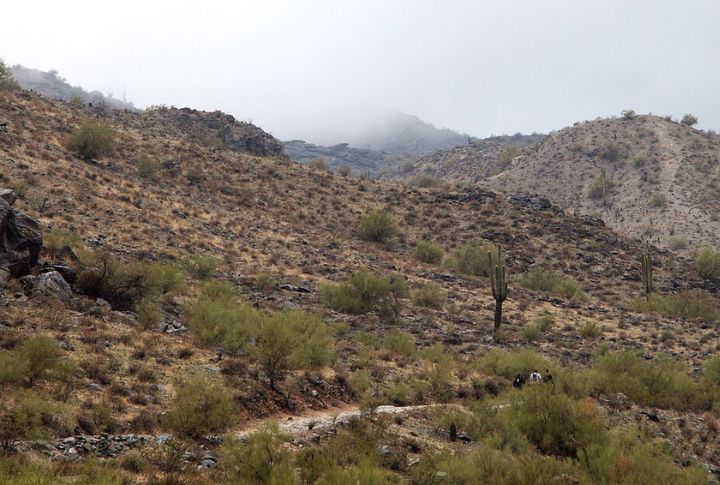
Phoenix summers are defined by more than just heat. Wildfires in the surrounding mountains and deserts contribute to a thick haze that mixes with dust, making the air quality poor for weeks. Locals watch as their usual desert sunsets are replaced by gray and orange skies.
Portland, Oregon
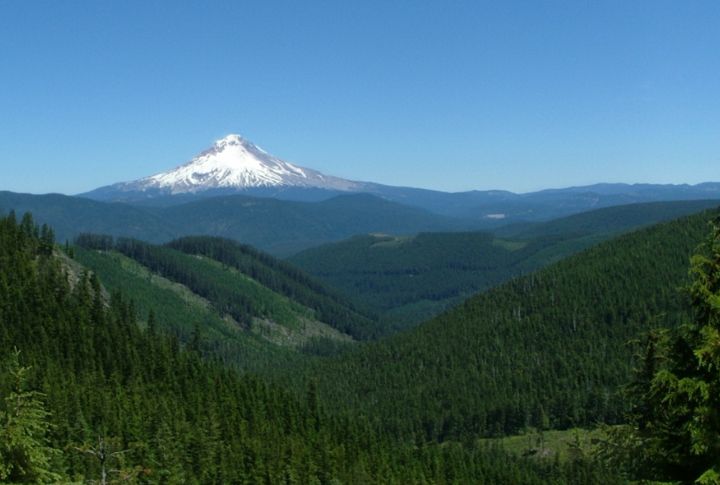
Southern Oregon’s wildfires often send smoke into Portland, turning the city, known for its greenery, into a haze-filled environment. Outdoor plans are canceled as residents stay inside, hoping for a shift in winds before the air quality worsens.
Fresno, California
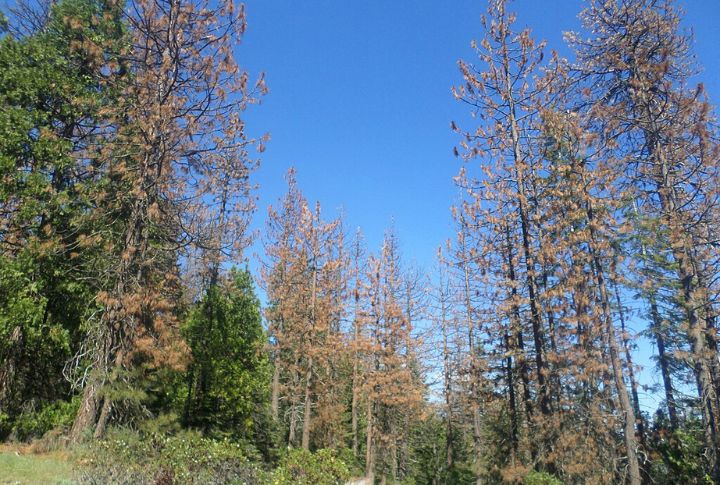
Fires burning across the Sierra Nevada mean Fresno rarely escapes smoke season unscathed. The valley traps wildfire smoke like a bowl, creating air so dense it feels tangible. For locals, summer often means darkened skies, itchy eyes, and a constant battle to avoid breathing in harmful particles.
Spokane, Washington
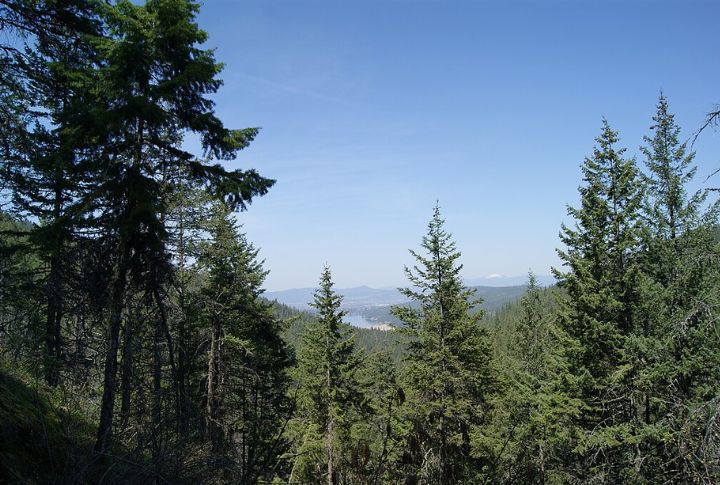
Each fire season, Spokane becomes shrouded in thick smoke from Eastern Washington’s dry forests. The skies grow murky and unhealthy, and stepping outside feels like a risk to one’s lungs and well-being, prompting people to stay inside.
Fairbanks, Alaska

Wildfires tearing through Alaska’s wilderness often leave Fairbanks shrouded in smoke. Massive plumes roll into the city to cover it in a thick, gray haze for days. It’s a summer reality that surprises many, which proves that even remote tundra isn’t immune to fire’s far-reaching effects.
Las Vegas, Nevada
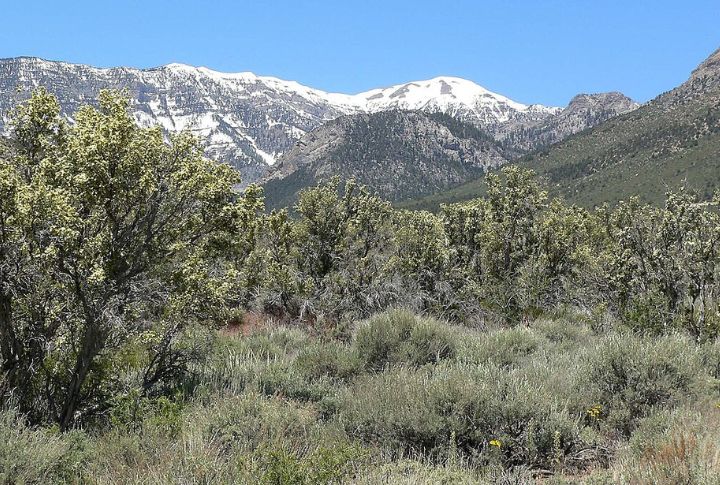
Las Vegas, known for its bright lights, finds them overshadowed by wildfire smoke. Fires in California and Arizona bring hazy skies and dust, turning the air unhealthy. Weeks of smog and irritation replace clear desert views throughout the long fire season.
Eugene, Oregon
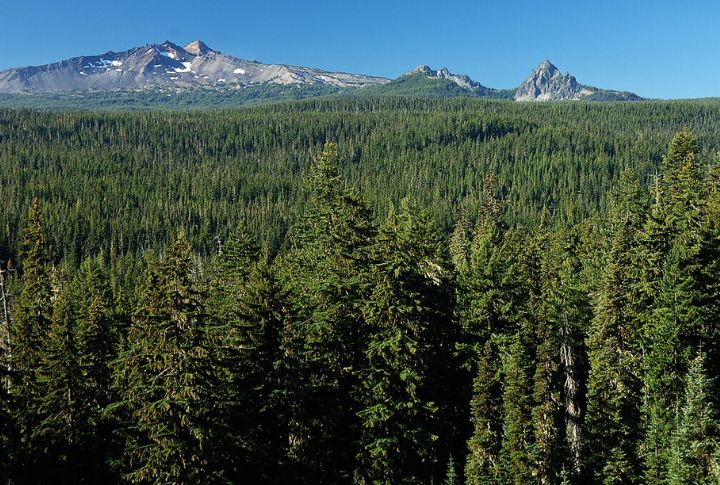
In Eugene, summer takes a gloomy turn when wildfire smoke drifts into the city. The air becomes thick with pollution as plumes from surrounding forests cover the skies, and residents are left waiting indoors for the winds to blow the smoke away.
Billings, Montana
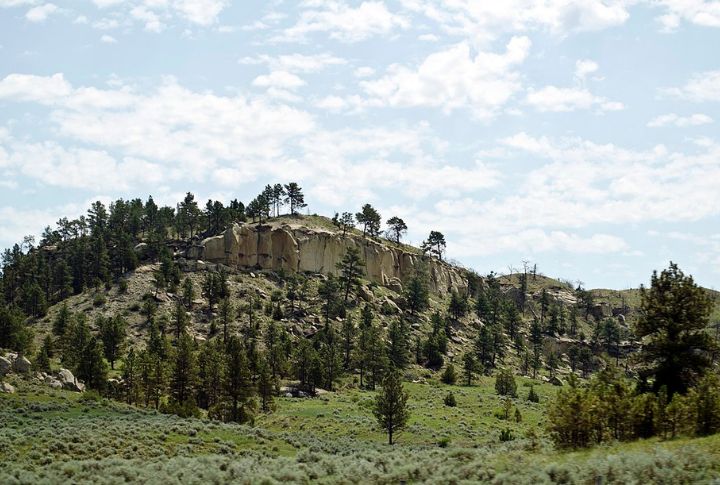
Wildfire smoke reaches Billings despite its surrounding open spaces. Blazes in Montana’s forests and nearby states send thick smoke columns over the city. During summer, the sky often turns smoky, with orange sunsets masking the hazardous air quality.
Chico, California
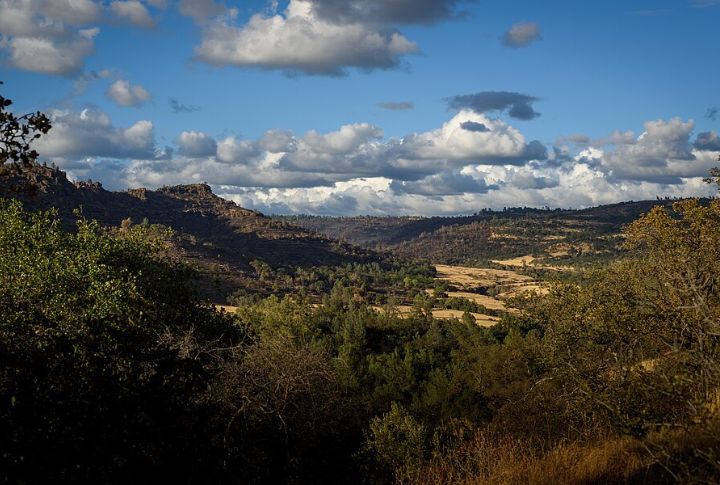
Near fire-prone regions like Paradise, Chico knows the devastation wildfire smoke brings. Noxious clouds hang over the city for weeks to darken the skies and force residents to retreat indoors. For this Northern California community, smoke is a harsh, annual reminder of the fires.
Medford, Oregon
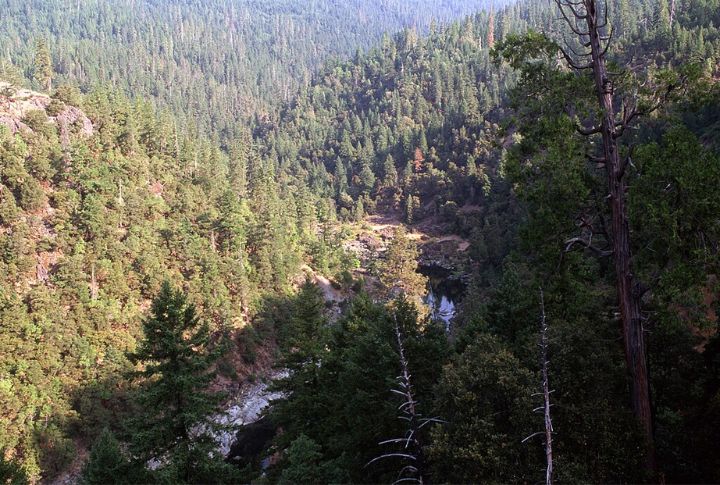
When fires rage in southern Oregon, Medford bears the brunt of their smoke. The Rogue Valley traps voluminous masses of smoke and leaves residents to endure days of orange skies and gritty air. Summers here are a smoky ordeal.
Twin Falls, Idaho
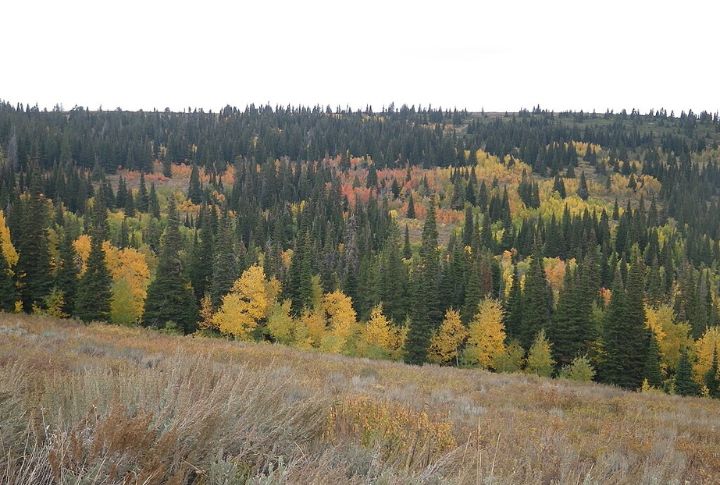
In Twin Falls, drifting wildfire smoke creates hazy skies and keeps residents indoors, limiting outdoor activity. The signs are unmistakable—scratchy lungs and smoky air—while everyone waits for the relief that clears the air.
Los Angeles, California
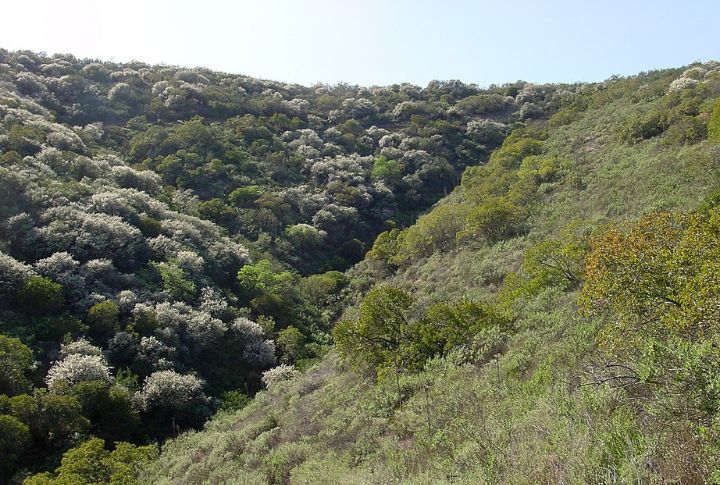
Wildfires surrounding Los Angeles create skies filled with an uneasy mix of smoke and urban smog. Thick clouds roll in from the hills, causing the city to suffocate and turn famous sunsets into fiery warnings.
